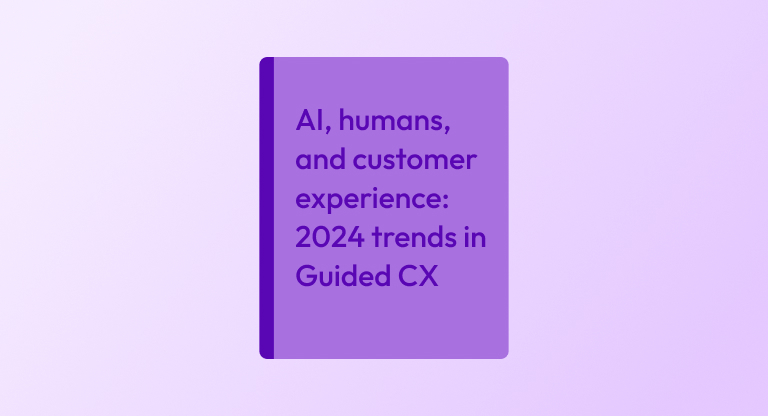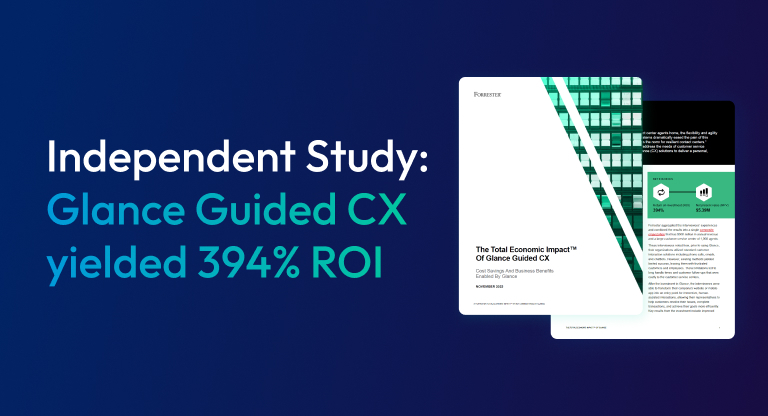There’s no one ingredient to cultivating customer loyalty. But a lot of it comes down to a simple question: “How hard are you making them work for what they want?”
Growing customer relationships is hard – but in a weird way, that’s a good thing.
Every ounce of effort a business puts into building a thoughtful CX ends up being less effort required from the customer to successfully navigate it.
This is where the concept of customer effort comes in.
Customer effort is the measure of difficulty a customer has when it comes to interacting with your company. That can mean using or purchasing a service or product, but it also extends to digital UX, pre-purchase help, support interactions and more.
So even though the idea of “going above and beyond for your customers” or truly impressing them gets a lot of traction – oftentimes their satisfaction really comes down to how easy it is for them to get what they need. Luckily, there’s a way to measure that.
What is a customer effort score?
A Customer Effort Score (CES) is a survey metric that businesses can use to gauge the customer effort required to use their products, processes or services. The term was coined by the Corporate Executive Board in 2010.
How is customer effort score measured?
CES is measured via a survey question asking consumers to rate the difficulty or ease of their experience. It tends to be graded on a numerical scale from 1-to-7 or 1-to-5, or a visual scale using progressively happier faces.
The best time to ask about CES is usually immediately after the customer has taken an action (like completing a purchase or going through support channels) and the experience is fresh in their mind. It can be posed via pop-up, e-mail or while wrapping up a support conversation.
Traditional NPS measurements touch indirectly on the quality of CX by asking how likely a customer would recommend a company to another person. But CES uniquely focuses on the ease of engaging with a business, using services and getting support.
One bit of trivia for your next party: It used to be standard practice for a CES survey question to be framed as “How much effort did you require to do X?,” but it was determined that put too much focus on the customers themselves. It’s now widely accepted to frame a CES question as “How easy was it to do X?“
Why is customer effort score important?
Understanding customer effort is a window into how people are feeling about your CX – and what’s really happening on the user side. Are customers succeeding in using your website or app, but just barely? Or is it a smooth, pleasant process?
By learning about how users experience your digital CX, you’re able to actually do something about it. Taking steps to improve your CES can help reduce customer churn, grow customer loyalty, increase referrals and increase your NPS score – not to mention the simple benefit of making peoples’ lives easier.
What can you do with that data?
- Predict purchase behavior, customer satisfaction and brand loyalty
The verdict is in: people really care about ease-of-use when it comes to your website or app. The CES actually out-performs NPS and CSAT scores in terms of predicting whether customers will become repeat buyers.
- Identify points of friction
By strategically implementing CES surveys at key points in your customer journey, you can find out where customers are getting stuck. CES can add a new dimension to drop-off metrics, helping to provide some context – the drop-off point might only be the end of a long sequence of frustration.
- Prioritize improvement initiatives across multiple channels
By evaluating your CES across different domains, you can get a sense of what might need a little love. CES matters wherever customers interact with your business. Maybe you’ve nailed your website purchase flow, but your customer support process needs something more sophisticated than a chatbot.
Building easier experiences
Improving ease-of-use isn’t always easy. You want to streamline functionality, but not oversimplify it. You want to offer customers versatility, but not drown them in choice.
Making lives easier is what we do. Glance’s Guided CX solutions offer companies a proven way to improve CES by allowing them to connect their customer to support agents in less than 5 seconds, with a single click.
We’re talking way beyond the chatbot – your agents can help customers directly through any difficult or confusing issue with screen sharing, co-browsing and/or video sessions nearly instantly. Oh, and no downloads/log-in required – it’s all from one shiny button, in-browser.
It all adds up to minimizing effort on the customer side, wherever and whenever support is needed.
We’d love to show you how it works. Book a non-pushy, 15-minute demo here.





